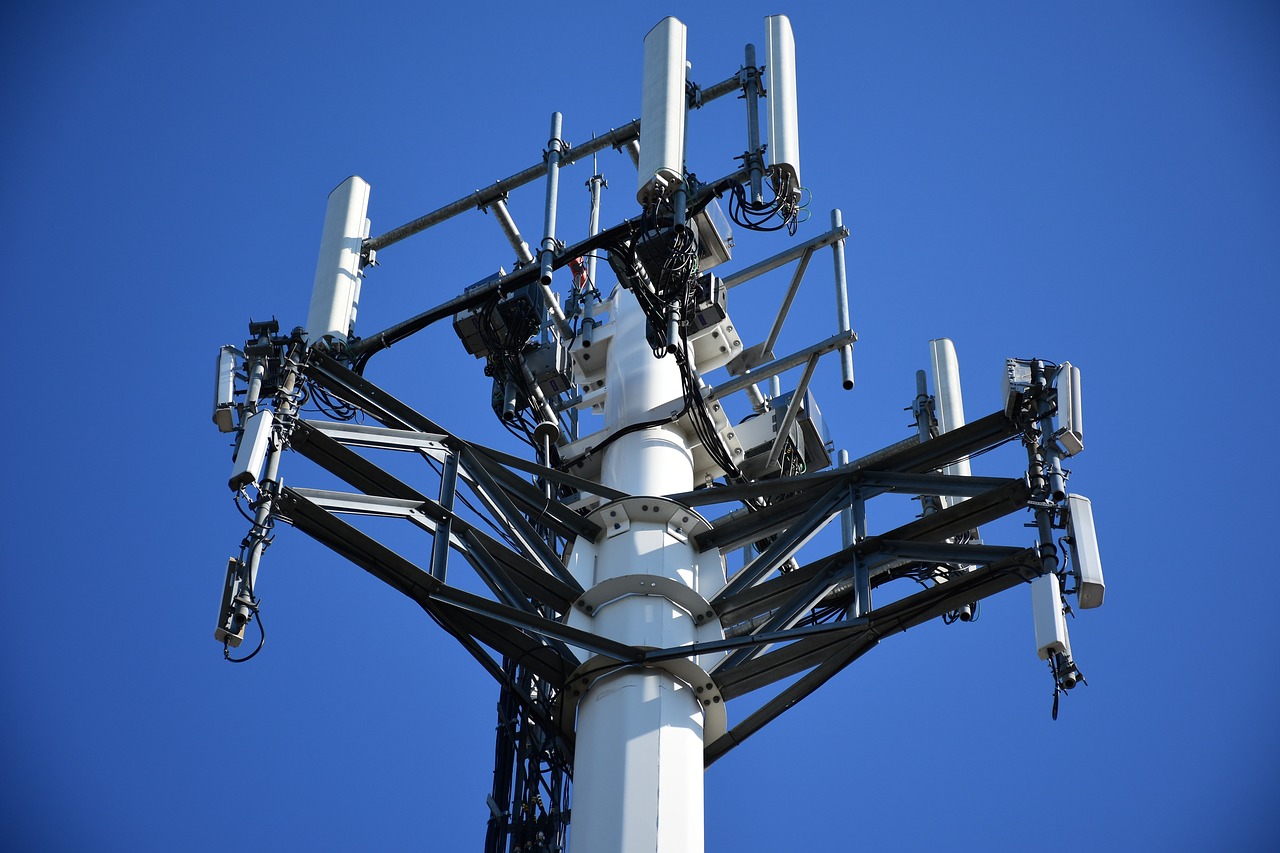The Middle East telecommunications industry is currently undergoing a period of significant growth and transformation. For the past decade, the regional business sector has grown by 3.5 percent each year, expanding at around 12 times the pace of the global telecom sector.
Driven by surging populations and business opportunities, telecommunications companies throughout the region are expanding their services to new geographies. Additionally, they are delivering more innovative services that are on the leading edge of global technological development.
As a result of this growth, Middle Eastern telecom operators exceed other regional telecom sectors in terms of profitability, comprising nearly 20 percent of the global industry’s total profit. As the sector continues to expand, there are a number of factors shaping its future. The following are some of the major trends impacting the bourgeoning telecom sector in the Middle East:

-
Blurred Lines – An Uptick in Mergers and Acquisitions
Emerging technologies such as cloud computing and the Internet of Things are enabling more seamless and intuitive communications between digital devices. As technological progress blurs the boundaries between digital systems, it is also removing borders between the telecommunications sector and many related industries.
The goals and capabilities of the telecom, media, and technology sectors are becoming more intertwined. While there is still a clear operational split between telecom operators and technology vendors, the two areas are becoming more integrated. In the future, the sector will likely see companies that serve customers in multiple tech-based markets.
After stalling during the global economic downturn of 2008 and 2009, the rate of mergers and acquisitions in the Middle East telecom sector has increased substantially in recent years. There have been approximately 500 significant M&A transactions per year over the past seven years, with the value of these deals steadily increasing. The amount of value exchanged amounted to $86 billion in 2015, and it reached $112 billion the following year.
This growing number of telecom mergers and acquisitions is largely the result of telecom firms seeking to both expand their reach and diversify their capabilities. However, rather than seeking to increase the scale of their current service offerings in their existing markets, these companies are generally seeking to expand into adjacent markets with growing populations.
At the same time, a growing number of companies in sectors outside of technology are exploring ways to improve their current operations through digitization. Firms in industries such as tourism, healthcare, and financial services as well as academic institutions are becoming valuable partners for telecommunications providers in Middle Eastern countries experiencing economic growth, with telecom firms leveraging their technical expertise to facilitate digital transformations. In fact, over 75 percent of the total M&A value exchanged in 2016 took place in the business-to-business sector.
-
The Era of 5G
Many Middle Eastern countries, particularly members of the Gulf Cooperation Council, are on track to match the global transition to 5G wireless service. As a broader selection of electronics, from watches to household appliances, require an internet connection to provide the full extent of their IoT-enhanced functions, telecom providers are consistently working to provide consumers with the fastest internet speeds possible. Moreover, the number of mobile broadband subscribers in the Middle East and North Africa is rapidly increasing, recently rising above 1 billion, and demand for data in the business sector is also on the rise.
While the deployment speed and density of coverage varies by nation, much of the Middle East is meeting consumers’ growing data demands. By 2018, more than 40 telecom companies will offer LTE, with at least 10 providing LTE-Advanced. Firms across the region are expected to introduce 5G in 2019. By 2020, the advanced service should be available in most of the region’s major metropolitan areas.
The introduction of 5G will allow both businesses and consumers to take advantage of more advanced mobile services not currently widely available at lower connection speeds. The higher speeds and decreased latency of 5G connections will likely help spur video streaming services in the Middle East, where over-the-top video content doesn’t generate much revenue.

-
Tech Innovation and Investment
The arrival of 5G will not only streamline connections between individuals, it will also enable machines, automobiles, and city infrastructure to share information far more efficiently. More advanced wireless services are also a crucial component of effective Internet of Things (IoT) networks.
The growth of this subsector has created significant opportunities for telecom firms, which are increasingly relied upon to help shape IoT infrastructures. In response, telecom providers have greatly increased their investments in technology. In the United Arab Emirates, the telecom provider du has begun to introduce its own low-power wide-area IoT network, a groundbreaking achievement for the sector.
The growing significance of machine-to-machine communication is also a driving factor behind the growth of the Middle East telecom sector. The first generation of devices equipped with machine learning draws its AI capabilities from connections to the internet. More recently, these devices have been developed to offer such intuitive features as face recognition, biometrics, and indoor navigation even while offline – feats that will require advanced hardware and network technology on the part of telecom firms. According to projections by Deloitte Global, over 300 million smartphones sold in 2017 featured on-board neural network machine learning.

